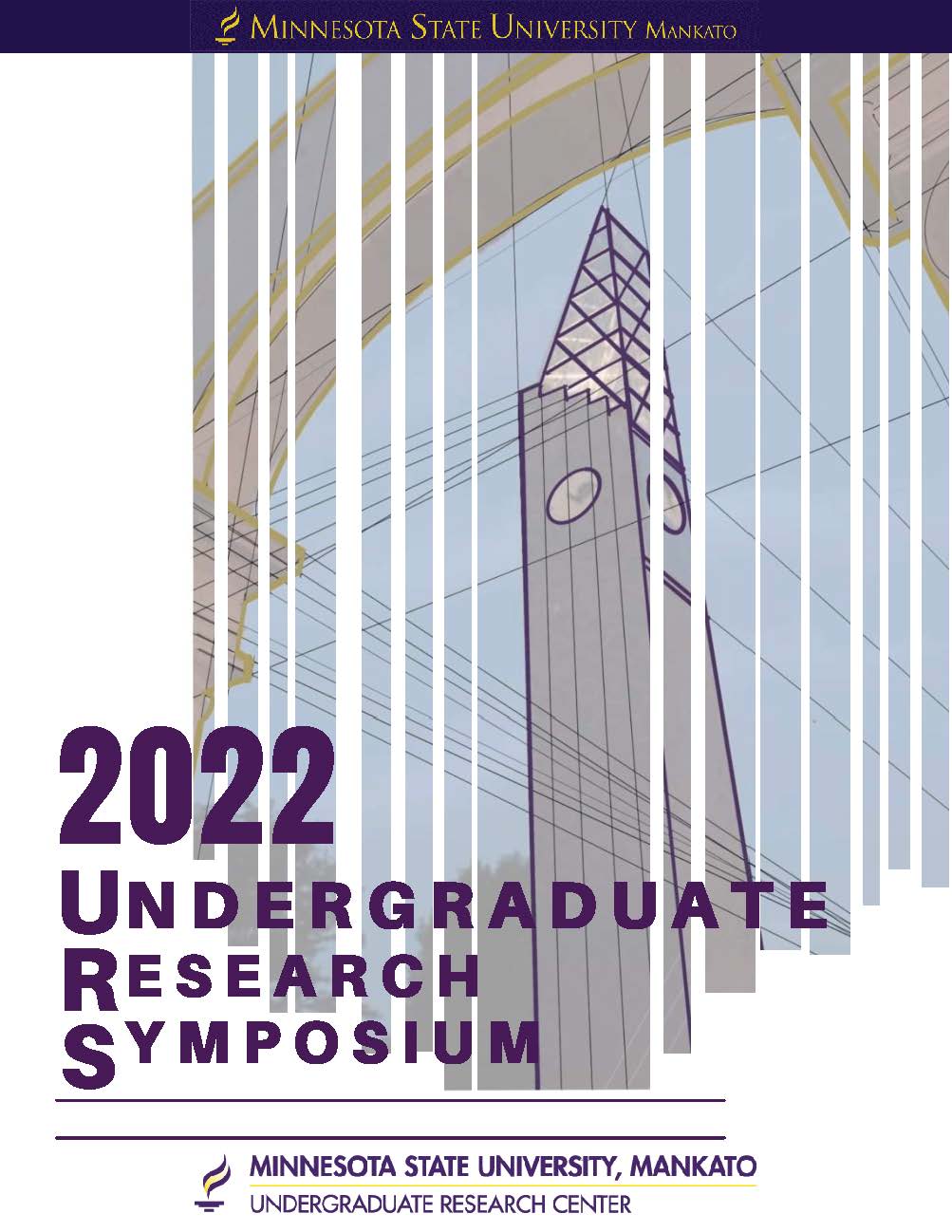Implementation of a High Dose Rate Irradiator for Living Samples using 400keV Electrons
Location
CSU Ballroom
Start Date
12-4-2022 10:00 AM
End Date
12-4-2022 11:30 AM
Student's Major
Physics and Astronomy
Student's College
Science, Engineering and Technology
Mentor's Name
Andrew Roberts
Mentor's Department
Physics and Astronomy
Mentor's College
Science, Engineering and Technology
Description
Direct high dose irradiation of living samples was successfully demonstrated using extracted high energy electron beams from the Applied Nuclear Physics Lab accelerator. The analysis of effects on living samples allows for the determination of physical doses delivered. This allows the use of the Applied Nuclear Physics lab in future studies of radiation effects on synthetic and living systems in collaboration with other departments and industry. Electron beam energy and spatial distribution was investigated using magnetic steering and novel detection methods developed with Geiger-Müller counters. The experiments that followed included the use of radiation badges, fruit flies (Drosophila Melanogaster), and cellular assays to get organic and inorganic methods for measuring dosimetry. The radiation badge experiment suggests a minimum of 120-400 Grays per hour, a radiation dose consistent with the biological effects demonstrated in the fruit fly irradiations. It was found that this dose rate killed all fruit flies in one hour, while shorter irradiations caused delayed mortality of the population. Work is continuing to develop the methodology of cell assay irradiation to refine dosimetry.
Implementation of a High Dose Rate Irradiator for Living Samples using 400keV Electrons
CSU Ballroom
Direct high dose irradiation of living samples was successfully demonstrated using extracted high energy electron beams from the Applied Nuclear Physics Lab accelerator. The analysis of effects on living samples allows for the determination of physical doses delivered. This allows the use of the Applied Nuclear Physics lab in future studies of radiation effects on synthetic and living systems in collaboration with other departments and industry. Electron beam energy and spatial distribution was investigated using magnetic steering and novel detection methods developed with Geiger-Müller counters. The experiments that followed included the use of radiation badges, fruit flies (Drosophila Melanogaster), and cellular assays to get organic and inorganic methods for measuring dosimetry. The radiation badge experiment suggests a minimum of 120-400 Grays per hour, a radiation dose consistent with the biological effects demonstrated in the fruit fly irradiations. It was found that this dose rate killed all fruit flies in one hour, while shorter irradiations caused delayed mortality of the population. Work is continuing to develop the methodology of cell assay irradiation to refine dosimetry.
Recommended Citation
Sunnarborg, Samantha; Preston Finger; David Markiewicz; and Jackson Walters. "Implementation of a High Dose Rate Irradiator for Living Samples using 400keV Electrons." Undergraduate Research Symposium, Mankato, MN, April 12, 2022.
https://cornerstone.lib.mnsu.edu/urs/2022/poster-session-01/14



